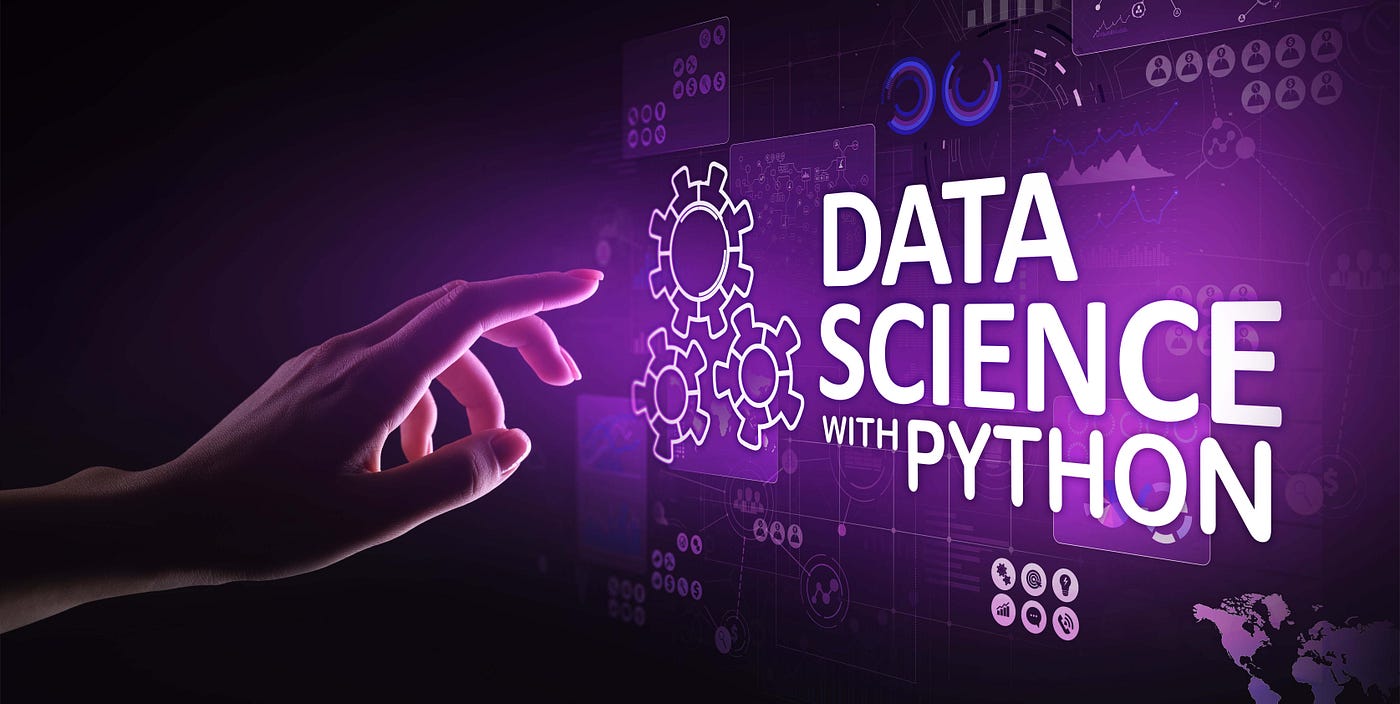Unlocking Insights with Data Science: A Python-Powered Approach

Data science is a rapidly growing field that involves extracting insights from data to drive business decisions. With the help of Python, data scientists can build predictive models, visualize data, and uncover hidden patterns. In this blog post, we'll explore the world of data science with Python and highlight some popular libraries and techniques.
Why Choose Python for Data Science?
Python is a popular language for data science due to its simplicity, flexibility, and extensive libraries. Some benefits of using Python for data science include:
- Easy to Learn: Python has a simple syntax and is relatively easy to learn, making it a great choice for beginners.
- Extensive Libraries: Python has a vast array of libraries and frameworks that make it easy to perform data science tasks, including data preprocessing, visualization, and machine learning.
- Large Community: Python has a large and active community, ensuring there are plenty of resources available for learning and troubleshooting.
Key Data Science Libraries in Python:
- Pandas: A library for data manipulation and analysis that provides data structures and functions for efficiently handling structured data.
- NumPy: A library for numerical computing that provides support for large, multi-dimensional arrays and matrices.
- Matplotlib: A library for data visualization that provides a wide range of visualization tools and techniques.
- Scikit-Learn: A library for machine learning that provides a wide range of algorithms for classification, regression, clustering, and more.
Data Preprocessing and Visualization with Pandas and Matplotlib:
Data preprocessing is an essential step in the data science pipeline. With Pandas, you can easily load, manipulate, and analyze data. Matplotlib provides a wide range of visualization tools and techniques to help you understand your data.
```
import pandas as pd
import matplotlib.pyplot as plt
Load data
df = pd.read_csv('data.csv')
Visualize data
plt.plot(df['column'])
plt.show()
```
Building Predictive Models with Scikit-Learn:
Scikit-Learn provides a wide range of algorithms for building predictive models. With Scikit-Learn, you can build models for classification, regression, clustering, and more.
```
from sklearn.model_selection import train_test_split
from sklearn.linear_model import LinearRegression
from sklearn.metrics import mean_squared_error
Split data into training and testing sets
X_train, X_test, y_train, y_test = train_test_split(df.drop('target', axis=1), df['target'], test_size=0.2, random_state=42)
Build model
model = LinearRegression()
model.fit(X_train, y_train)
Evaluate model
y_pred = model.predict(X_test)
mse = mean_squared_error(y_test, y_pred)
print(f'MSE: {mse}')
...
By leveraging the power of Python and its popular data science libraries, you can extract insights from data, build predictive models, and drive business decisions.
If you're interested in learning more about data science with Python, feel free to reach out to me through my portfolio website contact form. I'd be happy to discuss your project requirements and provide guidance on how to get started.
Tags:
Comments
Leave a Comment
Blog List

No comments yet. Be the first to comment!